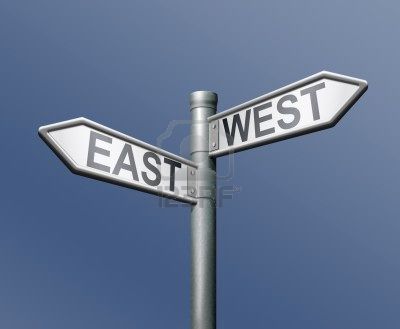Is East really East and West really West? That’s what Herodotus wanted to find out

East is East and West is West. So goes Kipling’s Ballad, but is it really true?
Well, it’s certainly history’s most abiding assumption, as historian Tom Holland writes: “Older by far than the Crusades, older than Islam, older than Christianity, its pedigree is so venerable that it reaches back almost two and a half thousand years.”
In fact, some like Mr Holland suggest that recorded history as we know it – that is, from Herodotus – arose out of the fundamental question of animosity between East and West. Why were there such deep, unbridgeable cultural differences? “Why do they hate us?” Herodotus wondered. As Mr Holland says, ” … it was in the conflict between East and West that the world’s first historian, back in the fifth century BC, discovered his life-work’s theme.”
Herodotus wondered why the peoples of East and West found it so hard to live in peace? “The answer appeared, superficially, a simple one. Asiatics, Herodotus reported, saw Europe as a place irreconciliably alien, writing “And so it is they believe that Greeks will always be their enemies”. But then again, he didn’t know why the fracture had opened in the first place. Whatever it was, the difference had bred suspicion and suspicion had bred war, a war that would actually create “the West”.
As we have seen before (click here for the blog on Xerxes’ failed invasion of Greece), “the West” became an entity in 480 BC. That was some 40 years before Herodotus began his history. Xerxes, King of Persia, had led an invasion of Greece. Apparently, it was not until 1944 that Europe would see an invading force to rival Xerxes’. And yet, the Greeks won over the large, powerful, unified Persian army.
In his quest to understand the animosities between easterners and westerners, Herodotus undertook “historia”, which literally means “enquiries” using living informants and eyewitnesses.
Herodotus never did find the reason for the great differences between East and West – or at least, nothing that we know enough to put on a bumper sticker – only enough to indicate it exists. Or does it?

